 Marijana Gligoric
Marijana GligoricHow to build a two-sided marketplace: features you need and more

The global marketplace industry will reach $7 trillion this year.
Amazon’s sales revenue is $692.7 billion.
It’s safe to say that two-sided marketplaces are not only popular but also very profitable.
If you are considering a two-sided marketplace business model, we have some important insights and features you can’t afford to miss.
To profit from your two-sided network in 2024 you need this article to help you on the way to success.
What is a two-sided marketplace?
A two-sided marketplace is an online platform that brings buyers and sellers together.
Marketplaces work for B2B, B2C, and C2C models.
They connect two distinct user groups.
Two-sided markets create a space that allows easier selling and buying.
These marketplaces profit from a cut in all transaction costs. So it’s a win-win situation for buyers, sellers, and the platform. Everyone gets something out of each purchase.
Two-sided marketplace examples to learn from
Product selling: Amazon, eBay, Etsy
Vacation rentals: Airbnb, Booking.com, Vacasa
On-demand services: Uber, Lyft, Doordash
Education: Udemy, Coursera, MasterClass
Freelance marketplaces: Upwork, Fiverr, Toptal
What to consider before you build a two-sided market?
Before you start building anything there are a few things you need to think of.
To create a successful two-sided marketplace that actually attracts users and creates revenue you need to prep by understanding your target market.
What this means is that you need to prevent certain problems from happening.
If you can’t solve these theoretically before anything starts, it’s best to revise your idea with a trusted partner who has experience in building successful marketplaces (like brigit.dev).
Here are 4 main problems that will make you or break you in the long run:
1. Desert platform problem
People love marketplaces. It’s mainly because they love buying in general.
And when you pitch your idea many will say it’s great.
But this doesn’t guarantee that anyone will actually use your marketplace to buy or sell.
So you are at risk of building a desert platform that everyone loves in theory.
To avoid this you need to validate your idea and ask users what they want.
You can do this with a simple Google form. We recommend you do a bit more complex market research and user interviews.
Only after you see an actual demand and a potential user base you can take the next step.
Attracting initial users will create direct network effects, making the platform more appealing as more users join.
2. Chicken and egg problem
Buyers want variety and want to find the best suppliers. The best suppliers want to be on platforms that have a lot of customers. This is where the network effect comes into play, as attracting more participants increases the platform's value.
So who should you attract first?
This is called the chicken and egg problem and in our experience, the best approach is to get the harder side to commit.
In this case that would be the suppliers.
Once you have a list of quality and reputable suppliers buyers will come much faster.
To get to them you can for example contact suppliers who are on other marketplaces, go to online forums and groups, do cold calls, and offer them value beyond customers.
3. Marketplace leakage problem
Leakage happens when buyers and sellers connect over your platform but do the payment outside of your platform to avoid fees.
This is something you can’t fully control but have to be prepared for.
One way to deal with it is to control communication. But it can hurt user experience. Enabling direct interactions between buyers and sellers is mandatory if you want to have a competitive platform.
So the best approach is to create a secure environment with a smooth transaction experience that will keep users on the platform.
A trustworthy environment that is more convenient for buyers and makes the process easier for sellers will solve this problem.
4. Liquidity problem
Liquidity represents the likelihood of a seller finding customers on your platform and a customer finding what they were looking for from available sellers.
The best way to make sure that these two groups get what is to build a marketplace that solves a problem only a smaller group of users have.
This way you will find suppliers and buyers easier if you are solving a specific problem.
You can do that by focusing on a specific location and a specific niche.
A compelling value proposition is essential to attract both buyers and sellers to your platform.
If you nail this down in the beginning you can easily build on it and expand your offering.
14 features you need to build a successful two-sided marketplace
To make sure you turn your marketplace idea into a successful two-sided marketplace platform you need to make sure you incorporate these 14 features.
With them, your solution will thrive on the market.
1. Personalized dashboard for sellers
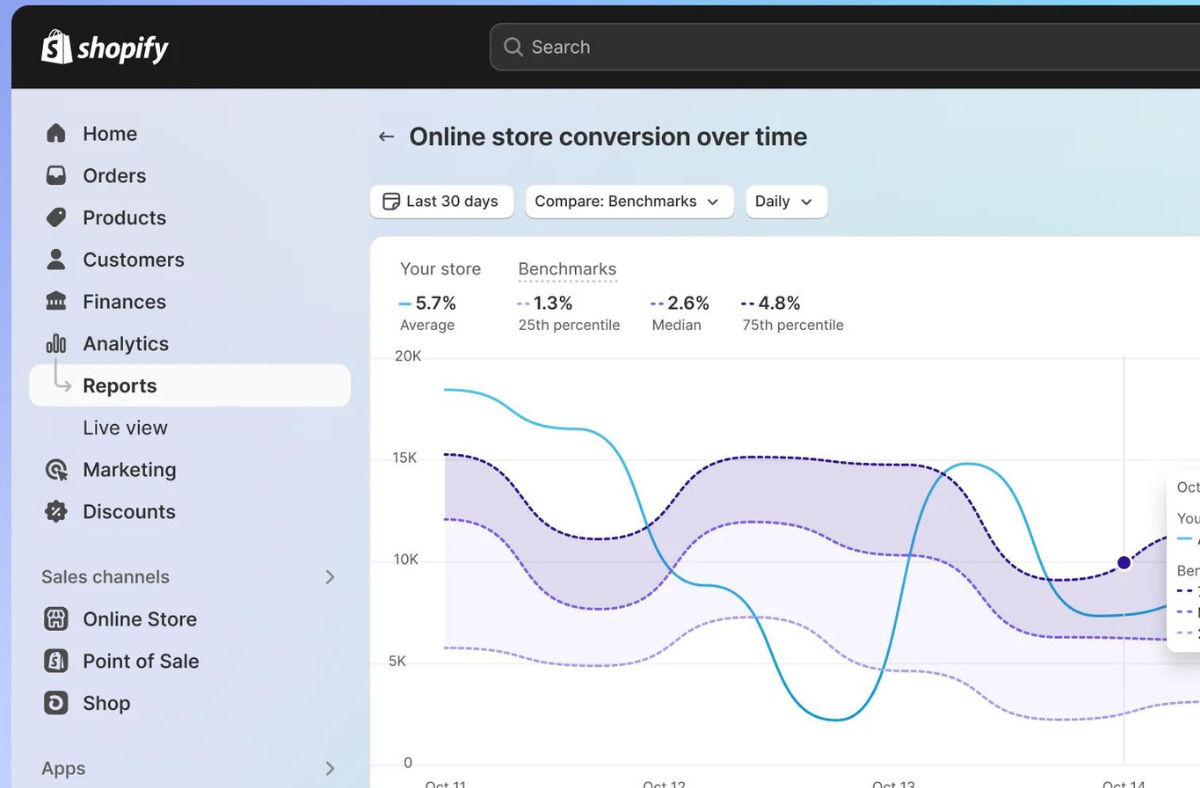
A customized interface for sellers to manage their products and sales, similar to Shopify will make your platform more appealing to them.
A dashboard like this gives sellers a unique view of their sales and customer data.
It shows key metrics like total sales, popular products, and customer feedback in one place.
This helps sellers track their performance, manage their inventory, and make informed decisions to improve their business.
2. Advanced analytics
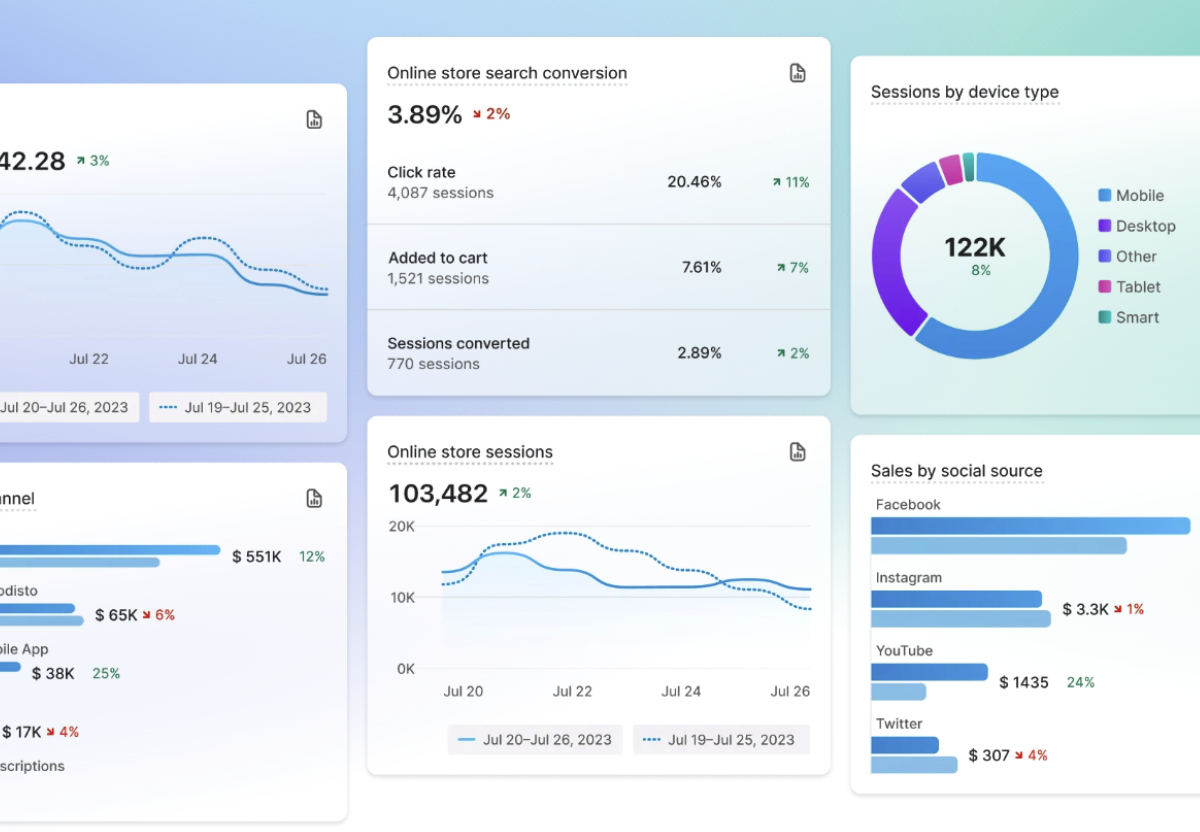
Advanced analytics provide detailed insights into how buyers interact with the marketplace.
It includes insights into user behavior, buying trends, ad performance, product popularity, and demographic data to make informed decisions.
Sellers can use this information to understand user behavior better and adjust their strategies accordingly.
This is something that will attract more buyers since they usually don't have access to these insights.
The platform also benefits by optimizing its operations based on these insights.
3. Gamified ad/content creation
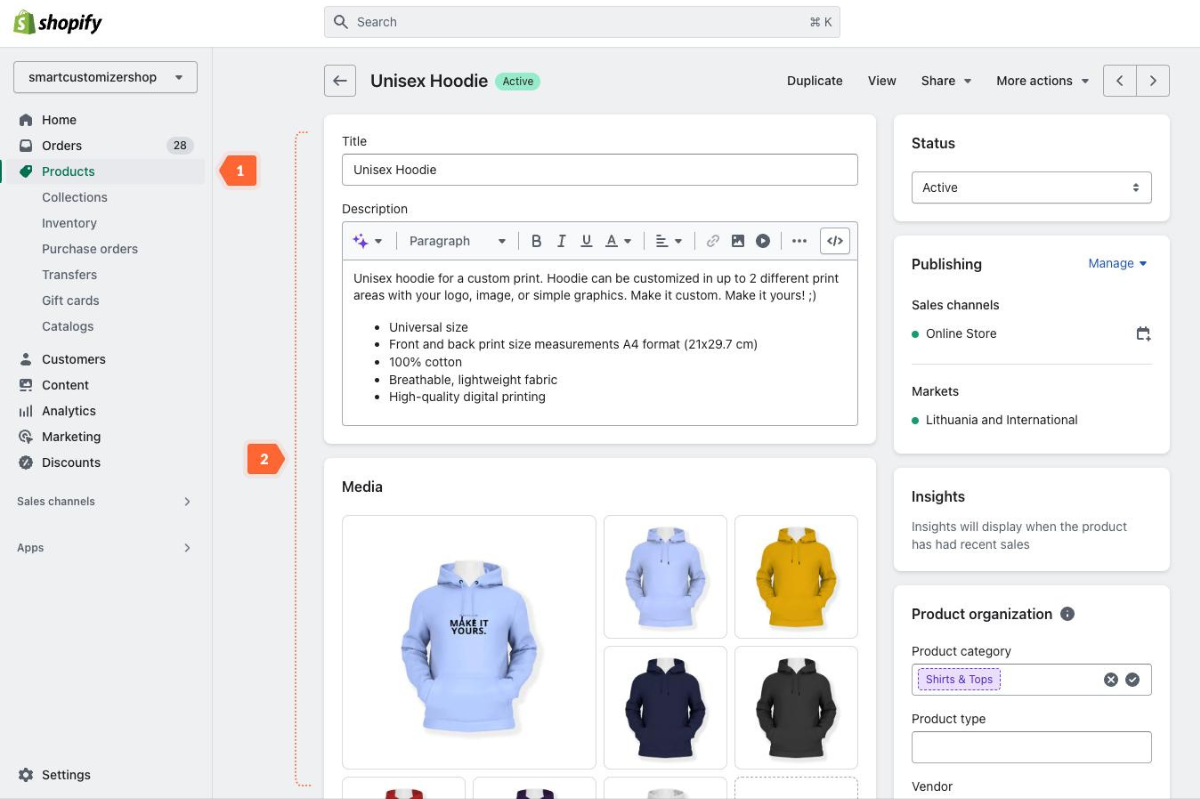
Gamified ads and content creation add fun and interactive elements to the process.
By introducing rewards, progress bars, or challenges this feature encourages sellers to be more creative and invested in their content.
This not only helps sellers produce better advertisements and content in general but also attracts more buyers through engaging and dynamic content.
This is something every two-sided marketplace needs in 2024, but most lack.
4. Scarcity moments
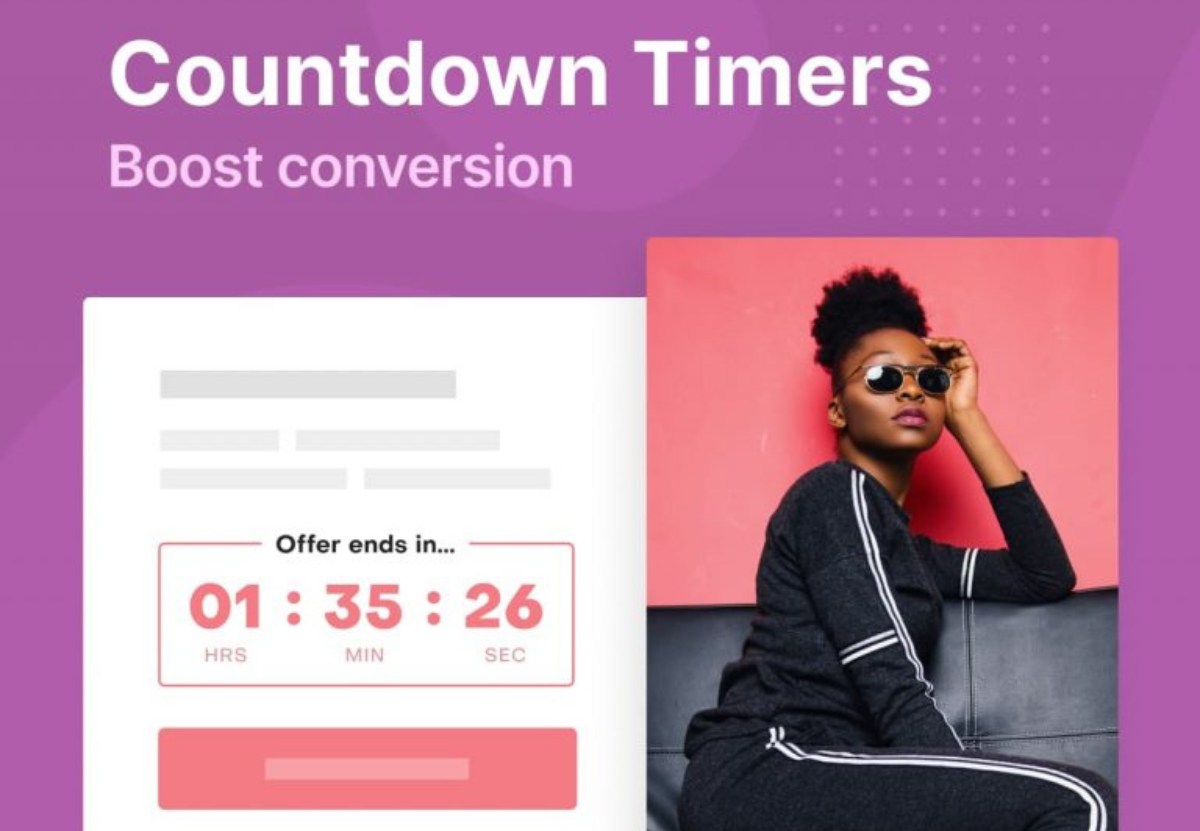
Scarcity moments highlight when products are in limited supply or when there are special, limited-time offers.
This feature creates a sense of urgency for buyers, encouraging them to act quickly to avoid missing out.
By showing that items are running low or offers are ending soon, sellers can boost their sales and improve conversion rates.
This simple tactic can impact revenue a lot.
5. Personalized recommendation algorithms
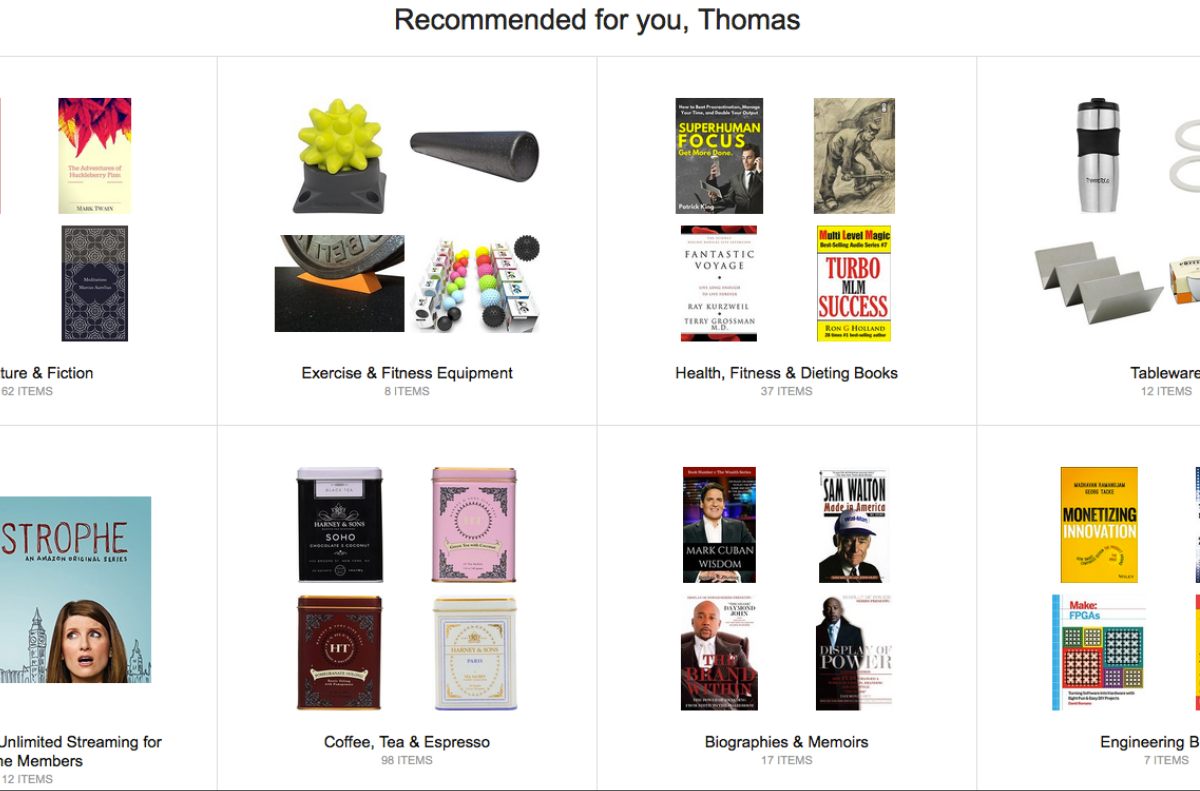
Personalized recommendation algorithms suggest products to buyers based on their previous behavior and preferences.
By analyzing what users have previously viewed or purchased, these algorithms help buyers discover items they are likely to be interested in.
This increases the chances of a sale and improves the overall shopping experience.
6. Support for multiple currencies and payment methods
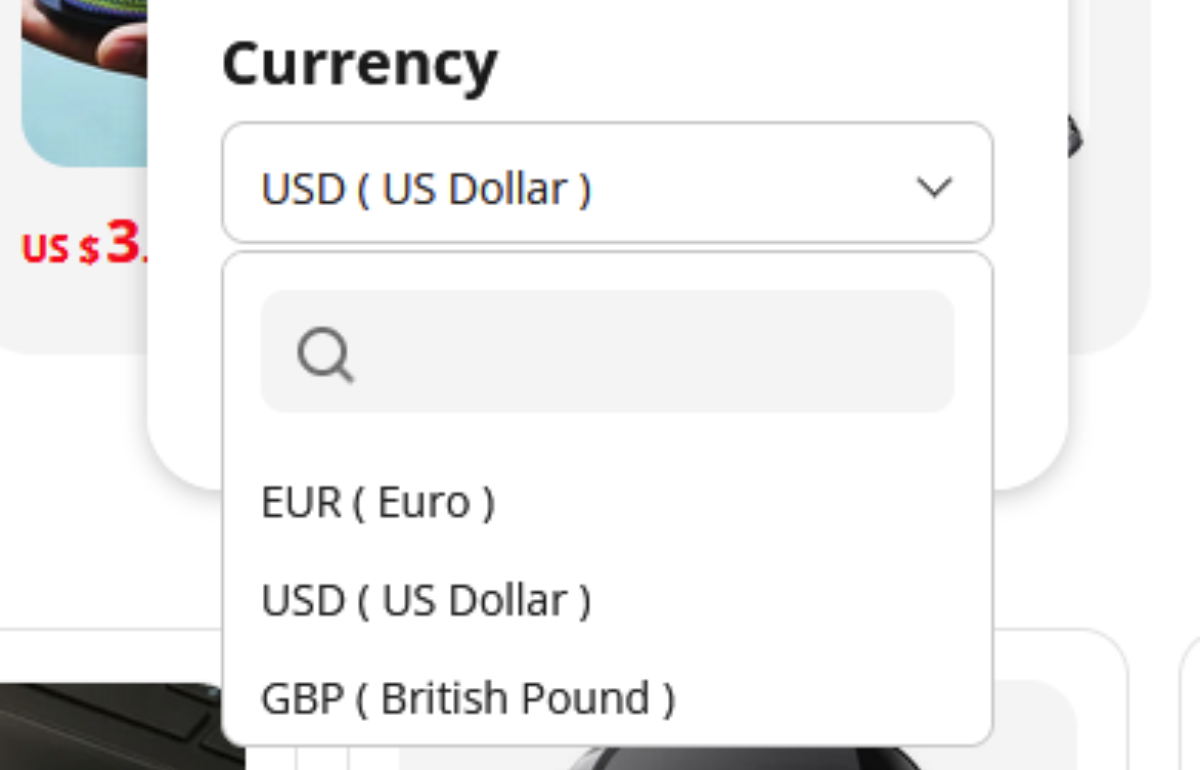
Support for multiple currencies and payment methods allows users from different countries to make transactions using their preferred options.
This feature simplifies the buying and selling process.
It makes the marketplace more accessible and convenient for a global audience.
If you plan on expanding your marketplace or working in different countries you must have this feature.
7. SEO
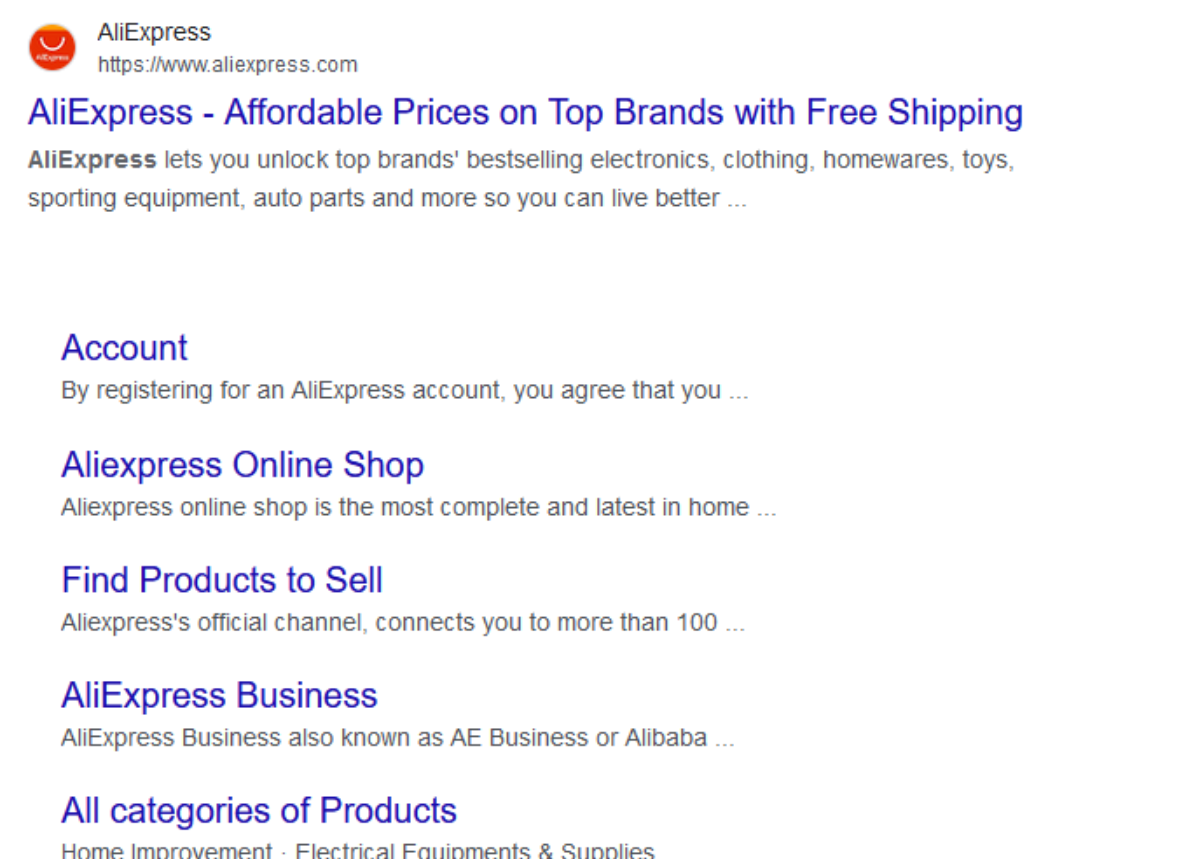
SEO involves optimizing the marketplace so that it appears higher in search engine results.
This makes it easier for potential buyers to find the platform when searching for related products or services online.
Good SEO practices attract more organic traffic so you get more sales and growth for the marketplace.
People won't search for you specifically but you need to show them they were looking for you exactly.
8. Notifications
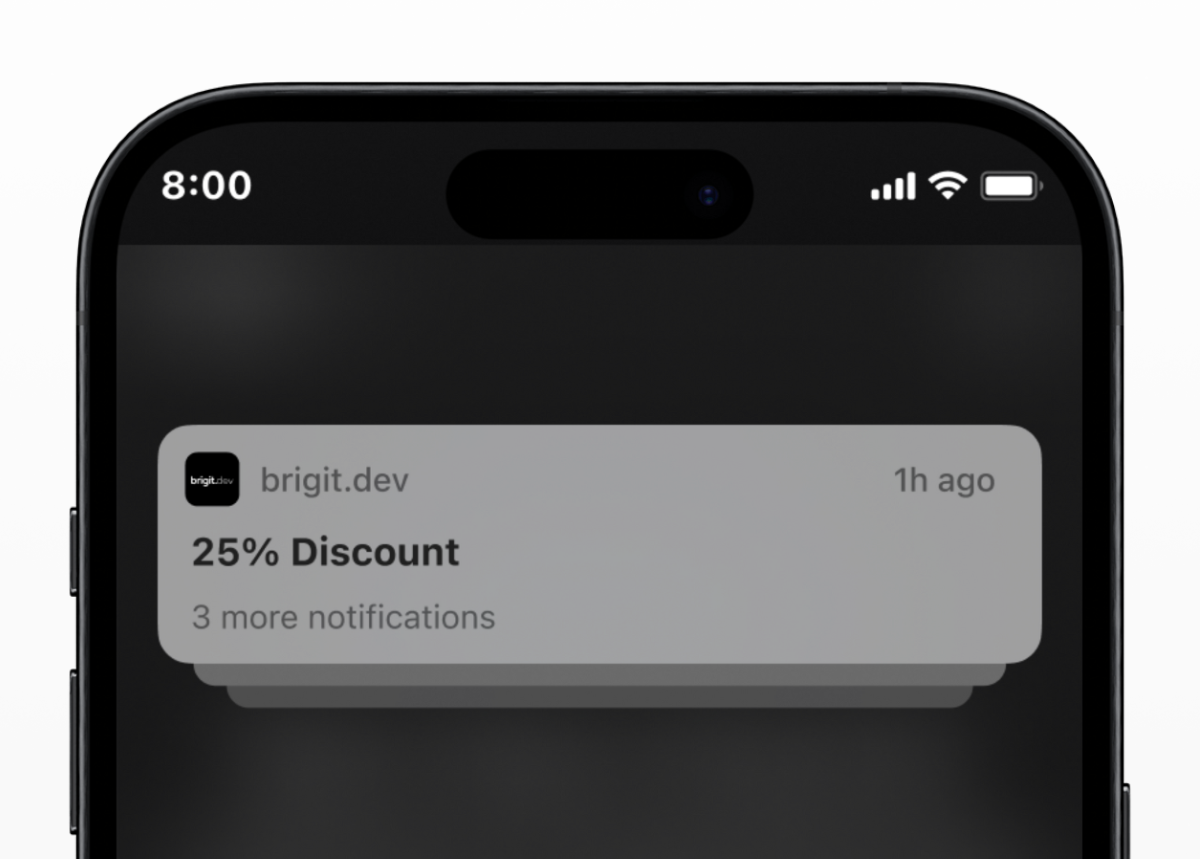
Notifications keep users informed about important updates and activities.
They can alert sellers about new orders, customer inquiries, or low inventory levels for example.
They can also notify buyers about order status, promotions, or special offers.
Effective notifications improve user engagement and ensure that both buyers and sellers stay updated in real time.
9. 24/7 customer support
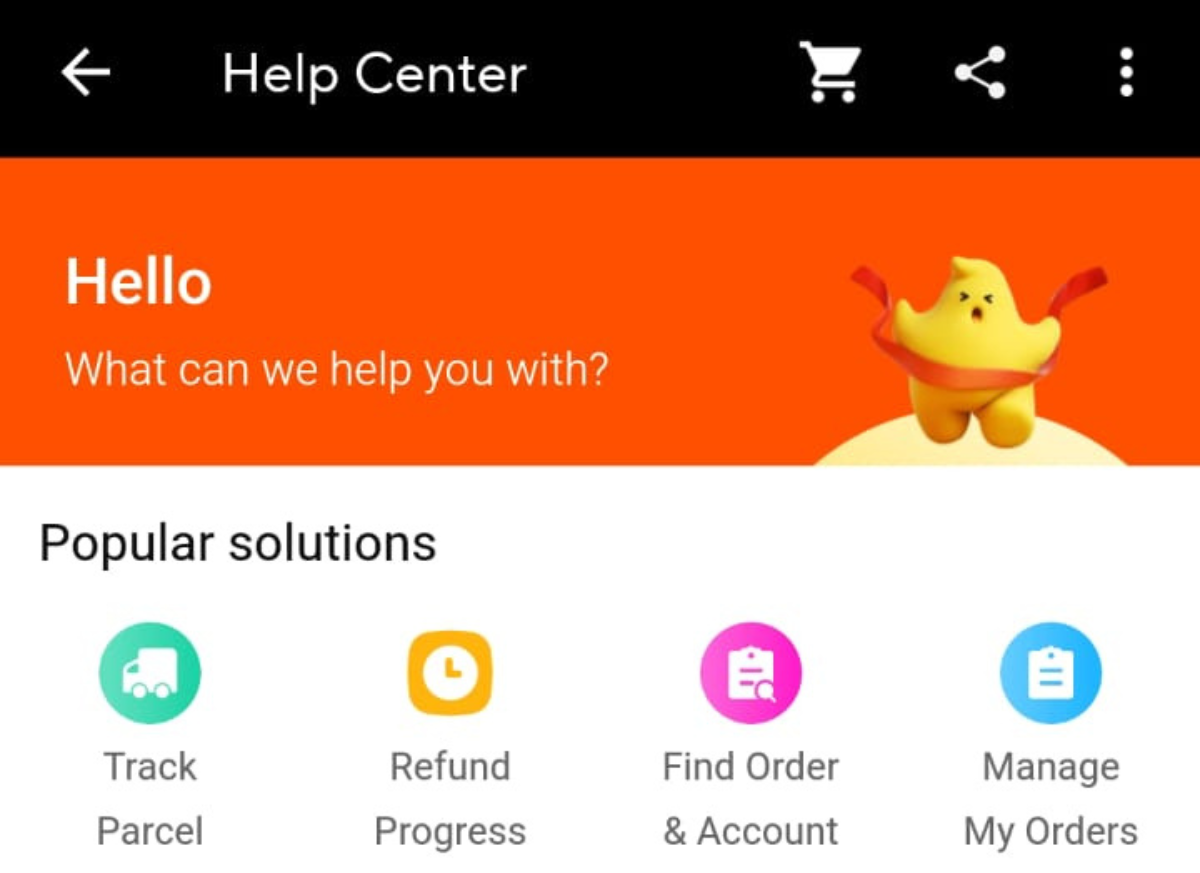
24/7 customer support assists users at any time, day or night.
Whether it's helping with a transaction problem, answering questions, or resolving disputes the faster you respond the better the user experience will be.
Round-the-clock support improves user satisfaction and builds trust on the marketplace.
This means users will be more loyal and you'll get new users easier.
10. Rating and reviews
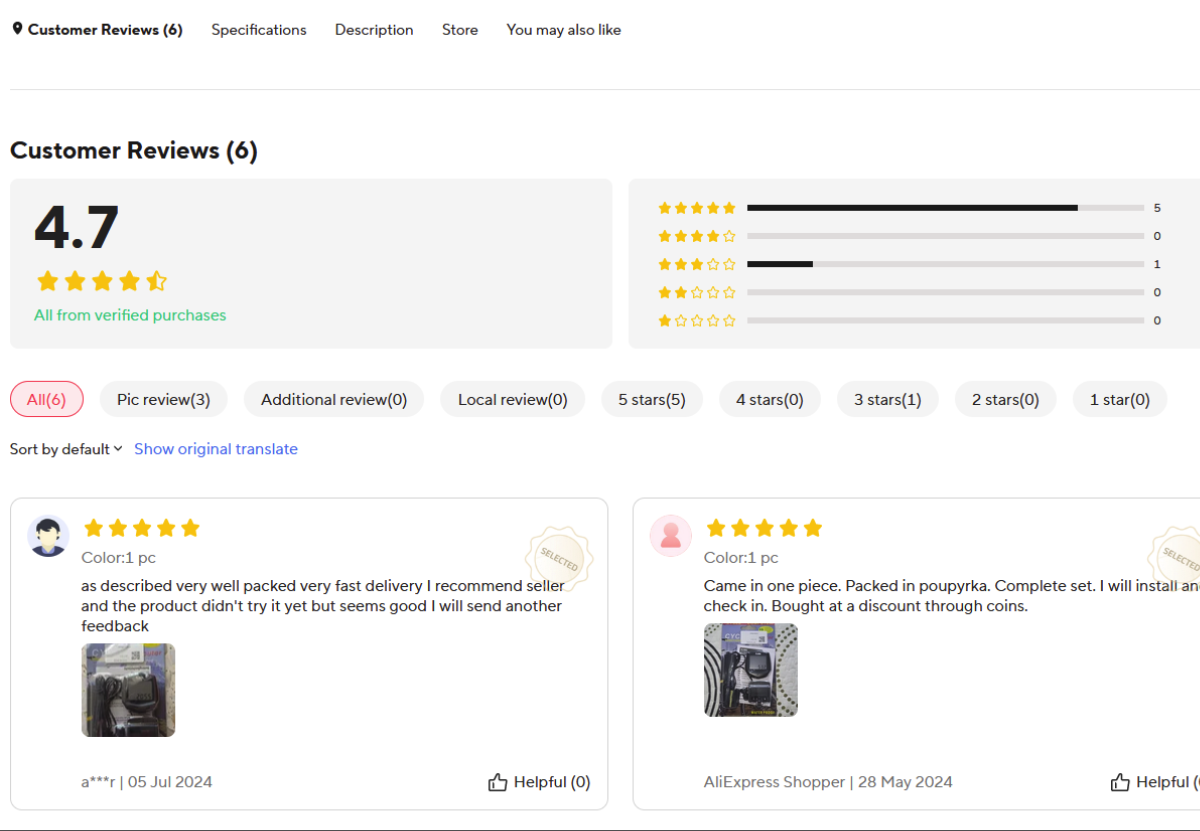
Rating and reviews allow buyers to leave feedback about their purchase experiences and rate the products or services.
This feature helps other buyers make informed decisions.
It also holds sellers accountable for their quality and service.
Positive reviews can boost a seller’s credibility, while constructive feedback helps improve their offerings.
11. Social media integartion
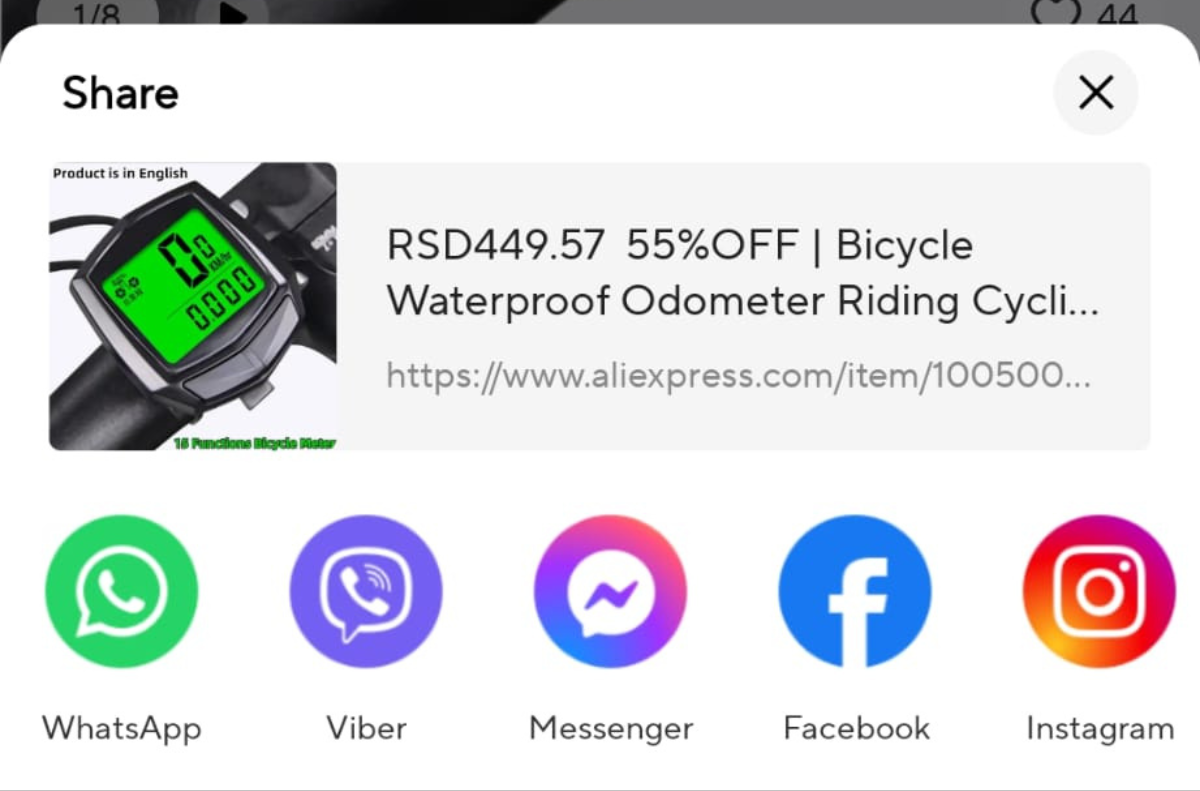
Social media integration allows users to share content from the marketplace on different social media platforms.
This feature enables easy sharing of products, promotions, and reviews on platforms like Facebook, Instagram, and Twitter.
It helps increase visibility, attract more users, and engage with a broader audience.
12. Inventory management
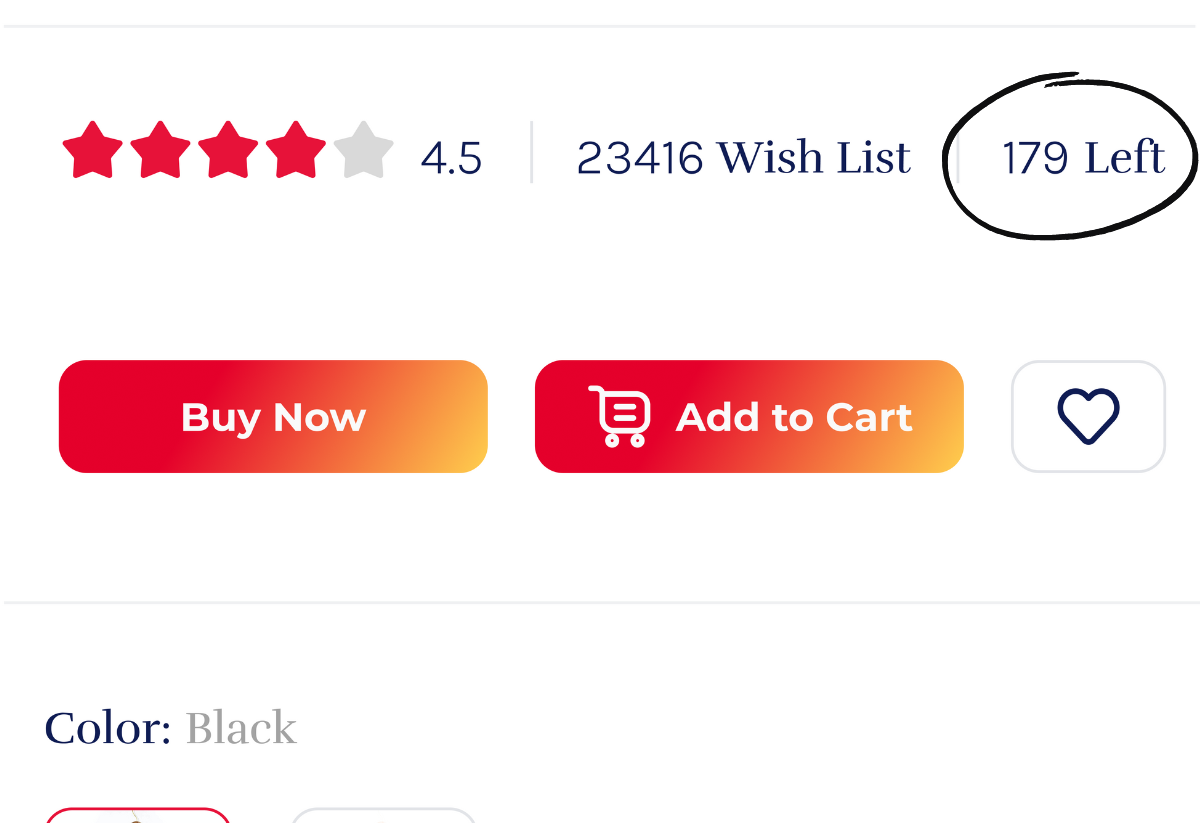
Inventory management tools help sellers keep track of their stock levels and manage their products efficiently.
This feature alerts sellers when items are running low, helping to prevent stockouts and overstock situations.
It also shows users how many items are left so that they can make informed decisions and buy before it's too late.
13. Multilingual suport

Multilingual support allows the marketplace to adapt to users who speak different languages.
By providing translations and localized content, this feature makes the platform accessible to a global audience.
It improves user experience by allowing buyers and sellers to interact in their preferred language.
This feature is crucial if you are planning on working or expanding in multiple countries.
14. Optimization for mobile users

Mobile optimization ensures that the marketplace is user-friendly on smartphones and tablets.
This feature includes responsive design, fast loading times, and easy navigation on mobile devices.
Since most people shop on their phones optimizing for mobile devices is a must.
An even better solution is to create a mobile app.
This will bring more users to your marketplace.
Conclusion
The two-sided marketplace model plays a big role in modern e-commerce.
They simplify the process of finding and selling specific goods or services.
Sellers don't have to limit themselves to in-person sales and they don't need to make their online stores.
Two-sided marketplace companies help them reach more customers while offering buyers more variety.
Buyers get better deals and access to desired services or goods easier and faster than ever.
Successful two-sided marketplaces like Amazon, Uber, and Airbnb show that these platforms attract users across niches easily and effectively.
Because of their growing popularity two sided platforms are the future of the ecommerce world.
Do you want to build a two-sided marketplace?
If you have an idea for a two-sided marketplace and need a software agency, brigit.dev is here to help.
With a proven record of successful projects that include two-sided marketplaces, brigit.dev can take your idea to a finished platform starting today.
We are a one-stop shop for building profitable SaaS products that sell themselves.
With marketing, sales, and business knowledge we go beyond the code and create market fit solutions.
Our services include:
-
web app development
-
mobile app development
-
UI/UX design
-
AI&blockchain integration
Contact us and start building your marketplace the right way.